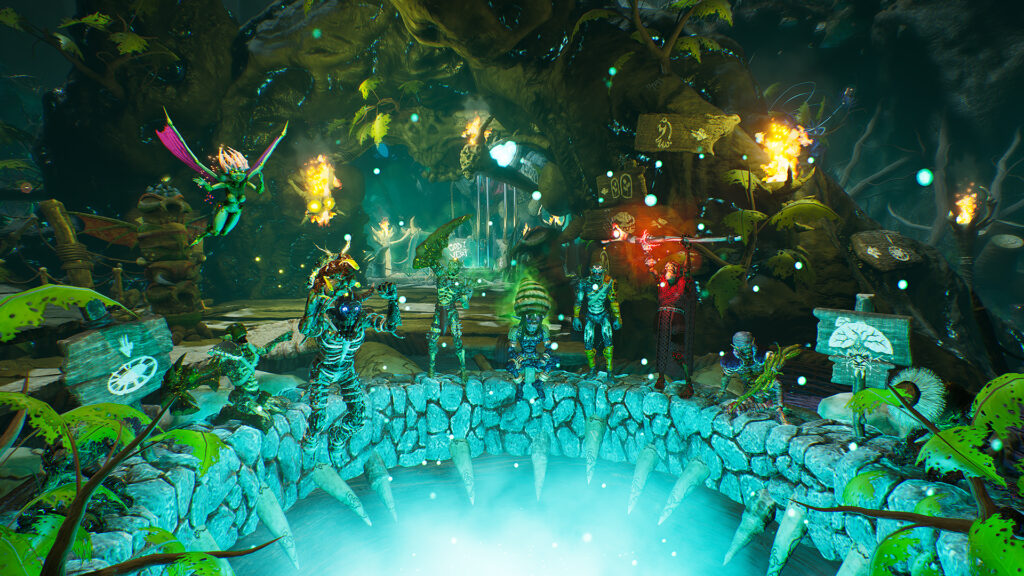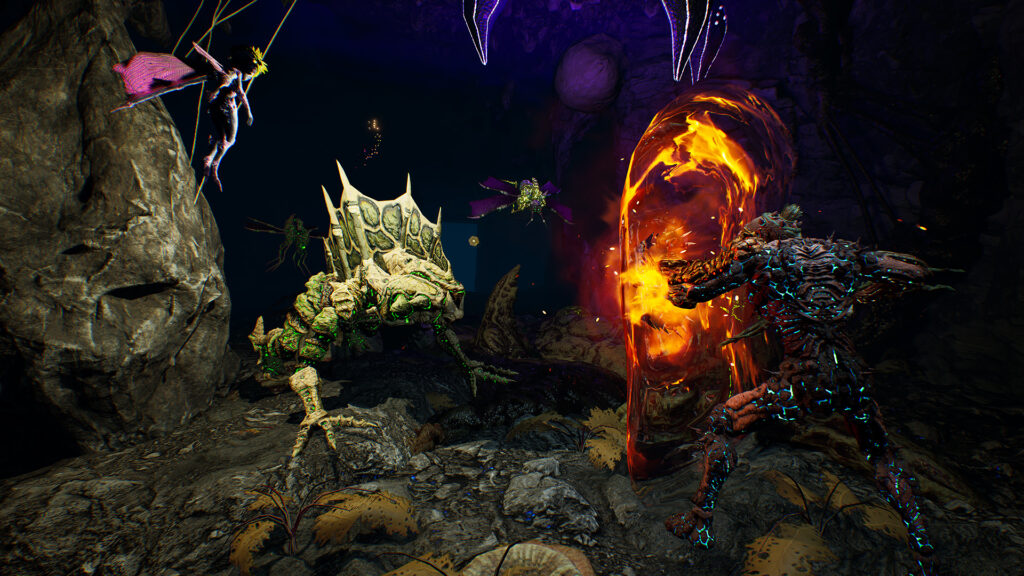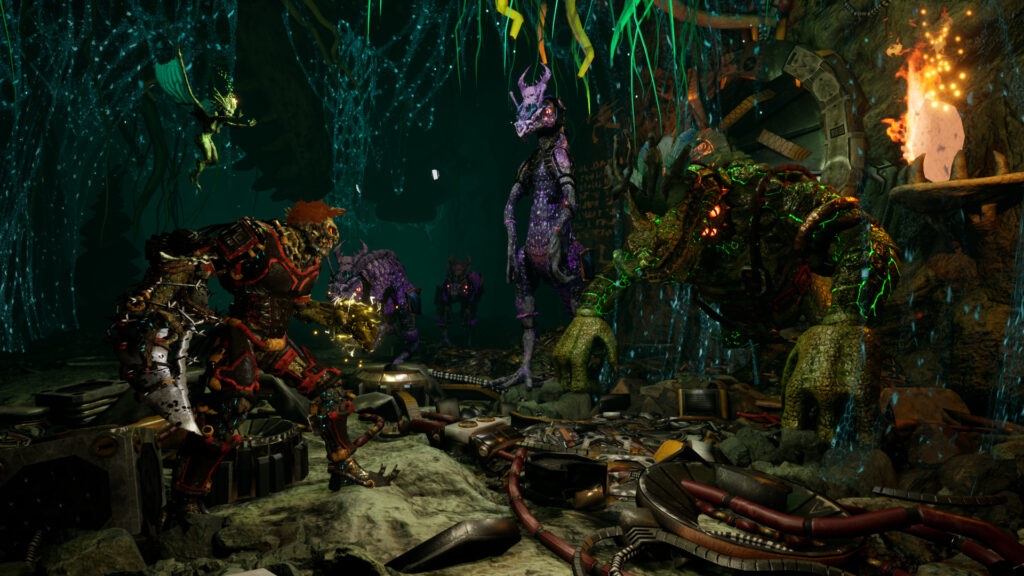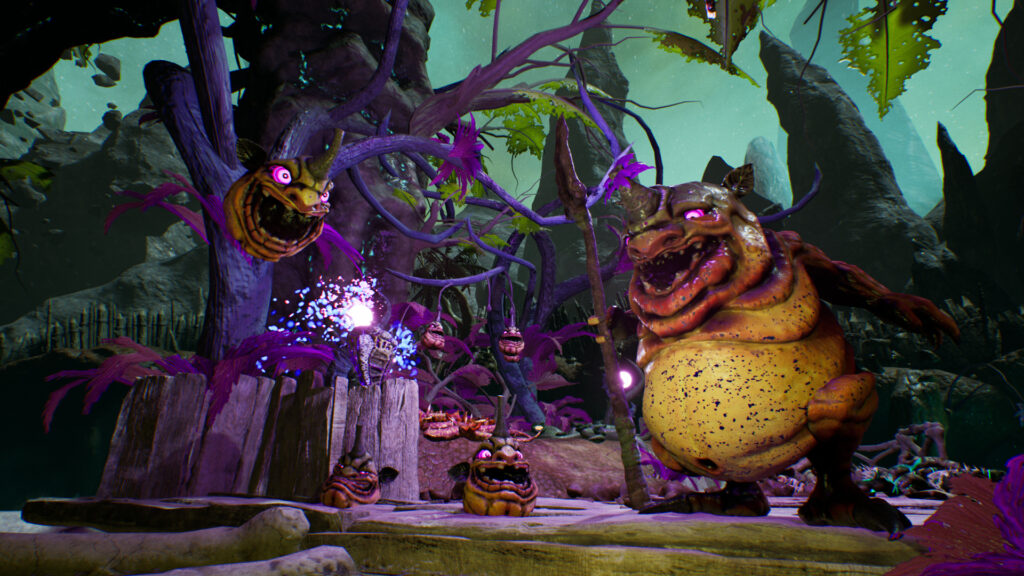Roguelite vs Roguelike—What’s The Difference?
You’ve probably heard of ‘roguelike’ or ‘roguelite’ before, especially with such big titles as Hades or Deadcells on the market. If you’re a fan of the genre, then you already know how addictive it can be, making you start the same game over and over again—yet each time it’s a unique run.
But is there a real difference between the two? Is ‘rogue’ an actual thing, given it’s in the name? (Spoiler: yup). Time to find out what really sets roguelite and roguelike games apart.

The Rogue in Roguelite and Roguelike
Back in 1980, the video game Rogue introduced players to procedurally-generated dungeon runs that featured permadeath and a loss of all weapons and upgrades upon death. This inspired a whole genre of games with similar characteristics. But as this RPG sub-genre and its interpretations grew, gamers began to argue over what truly was a faithful rogue-like game. So to answer that question, things got serious and technical in 2008 with a classification known as the Berlin Interpretation that was supposed to finally state what was a roguelike game and what was actually a roguelite game.
So how do they differ? Let’s get into the nitty gritty details of that classification like any good dungeon-running hero.
What is a Roguelike Game?

To be classified as a roguelike game, according to the Berlin Interpretation, a game has to have all of these features: permadeath, turn-based combat, movement based on a grid, a hack n’ slash fighting style, a random environment, non-modal action, complexity (multiple solutions to one challenge), resource management, exploration, and discovery. Some go further adding that a true roguelike should also be top-down like its famous predecessor.
If that sounds quite hard-core, it’s because it is. Games such as Brogue and Dungeons of Dredmor are some examples of rogue-likes. Brogue even warns players to not be discouraged with the difficulty of the game and to get better through practice.

What is a Roguelite Game?
Roguelite games, on the other hand, only use certain elements of roguelikes. They usually have more complex visuals and incorporate other gameplay genres. Roguelite games are slightly “lighter” on a player as, although permadeath is still present, you can usually take your gathered weapons and upgrades with you onto your next character. In other words, although you have to restart, you don’t restart from absolute scratch.
There’s a growing popularity among roguelites, sporting well-known titles such as: Spelunky, Don’t Starve, Risk of Rain, The Binding of Isaac, and Hades.
Arboria is also a good example of what a roguelite game is. You have creepy, procedurally-generated dungeons, different weapons and upgrades, progression of the character through mutation, monsters to fight off in real-time combat, and the risk of permadeath looming over you the whole time. In other words: Fight. Die. Repeat.

Roguelite vs Roguelike
Roguelite and roguelike games both have something to offer depending on what you’re looking for. Both present a gamer with a challenge just through the presence of permadeath, but they approach that challenge differently.
Roguelite games offer a player some type of character progression since their slate is never truly wiped clean after the character dies. Although levels get more difficult as a player moves through the game, the player is also evolving. These same characteristics can make roguelites more appealing to players who aren’t hardcore roguelike gluttons, and that accounts for why this sub-genre has been on the rise over the last few years.
Roguelike games, however, offer a different level of satisfaction since succeeding in a roguelike game depends solely on the progress of a player’s skill. This offers a huge appeal to hardcore gamers that like to have their skills tested on “easy to learn, hard to master” game mechanics.
Hades is an example of a game that you can often find categorized as both a roguelite and a roguelike. It offers permadeath and procedurally-generated levels, but the questions start when looking at turn-based combat. This just goes to show how easy it is to mistake the two genres and also how some gamers simply don’t care enough to take that close of a look—they just want an awesome game!
Can you spot the difference between roguelike and roguelite games when you play? Does it even matter to you? Let us know on our Discord or join the discussion on Steam! If you haven’t played Arboria yet, get the game on Steam and check out how many roguelite features you’ll notice!
Arboria is now available on Steam, so you can jump right in and start your roguelite adventure:
Connect with the Tribe on Arboria’s official channels:
Follow All in! Games to stay up to date: